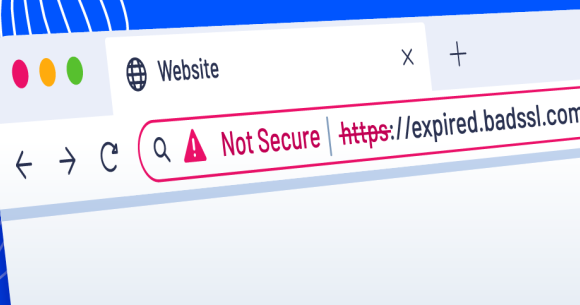Observability: Battle the bottlenecks, boost the benefits
Operational resilience is a must-have for regulatory compliance and can only be attained through having complete observability of your complex IT systems and applications.
In an ITRS whitepaper, Add observability to your monitoring strategy, I explain the monitoring bottlenecks financial services firms must battle – and how to break through them with observability - before you can reap the many benefits.
Financial institutions are under pressure by regulators to achieve and prove their operational resilience. Recent outages and SEV 1 incidents have alarmed regulators, which are concerned about the stability of individual institutions but also that of the entire financial ecosystem.
If you cannot act immediately to resolve issues and predict those that may occur in the future - ensuring they don’t happen again – you are not considered operationally resilient. Not only are you mandated to comply, but it is also in your interest to do so, with IT downtime costs anywhere from $300,000 per hour to $5 million, according to ITIC.
Bottlenecks to operational resilience
True observability is what happens when data is analysed in context, so your organisation can understand its IT business environment. This context adds intelligence to the static data arising from your monitoring systems and applications.
But there are a few barriers to overcome first:
• Siloed views of assets, from infrastructure to cloud to legacy, in complex IT estates create blind spots and a lack of visibility when incidents occur.
• Dynamic environments such as OpenShift and Kubernetes make a static view of monitoring impossible.
• Multiple IT monitoring tools create too many alerts and too much data. • Most monitoring tools only store alerts, not all data. This makes analysis and understanding of the IT estate very difficult.
• Increasing amounts of data complicates AI Ops.
These bottlenecks mean your organisation has no real-time transparency into its hybrid IT infrastructures. That causes outages, downtime, SEV 1 incidents, and compromises your operational efficiency.
Beating the bottlenecks with observability
Observability doesn’t replace monitoring, rather it is an evolution of monitoring, going from visibility to understanding of modern distributed, dynamic cloud and on-premises environments. Observability offers better visibility – so you can see your IT entire estate across silos or visualise the large amount of complex data that can be captured. It provides the opportunity to study the overall behaviour of everything within your IT environment, supporting better user experiences and revenue flows.
What additional benefits does observability bring to monitoring?
• Better operational resiliency (improved SRE, SLAs, SLOs, SLIs)
• Increased ability to avoid regulatory fees or penalties
• More comprehensive prevention of SEV 1 incidents
• Even lower downtime and MTTR
• More cost savings due to lower downtime
• Reduced alert fatigue through better automation
• Even more intelligent adaptive, preventative & predictive monitoring
• Better business service management
• More sustainable processes.
With the ITRS Observability & Monitoring Platform, you can beat the bottlenecks to achieve operational resilience – and gain peace of mind.
Click to read our white paper in its entirety, Add observability to your monitoring strategy, and learn how.




